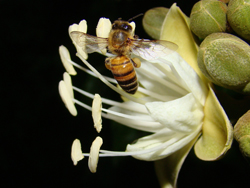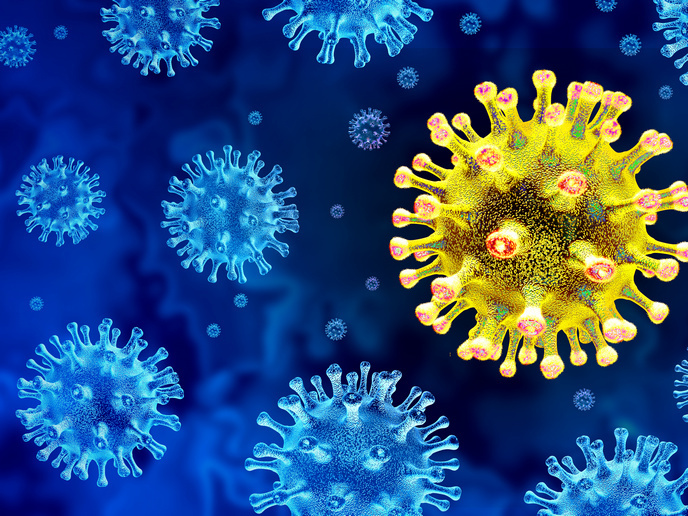Model predicts toxicity of pesticides to honey bees
Quantitative structure-activity relationship (QSAR) models have played an important role in minimising the number of animals used in toxicity tests. Their use follows the adoption of the new European Commission Regulation on chemicals and their safe use, the system for Registration, evaluation and authorisation of chemicals (REACH). Researchers from the DEMETRA project developed a combined QSAR model to predict acute contact toxicity in honey bees. This has been build by the combination of two individual QSAR models:a partial least squares and an artificial neural network model. The hybrid model has been implemented into a Java applet, which can be run as a standalone version or from a web server. The only input required was a description of the molecular properties of the new pesticide being studied. The combined QSAR model developed by the DEMETRA consortium reflects the EU's desire to use such models as a viable alternative to animal testing. The aim of the project was to develop a tool that could be used for risk assessment in accordance with the EU Directive 91/414. The model was intended to be used by regulatory bodies, non-governmental organisations (NGOs), universities and research institutes. Companies working in the area of plant protection products would also benefit. Use of the combined QSAR model can reduce the number of organisms exposed to untested compounds. In addition, a much larger number of compounds could be tested. It provides a cheaper and quicker means to assess the toxicity of new compounds than performing experiments on live animals. This meant that the environmental risk posed by new pesticides and chemicals could be assessed much more easily, thereby facilitating research into new pesticides.







